A trip out to the Batu Caves while spending time in Kuala Lumpur, Malaysia is one of many spiritual ways to get a solid grounding in this country. Kuala Lumpur is representative of its country in that it melds cultures in a seemingly harmonious way. To experience the Hindu aspect of Malaysia, Batu Caves is a site to experience and it’s attraction that’s one of the most visited in the country.
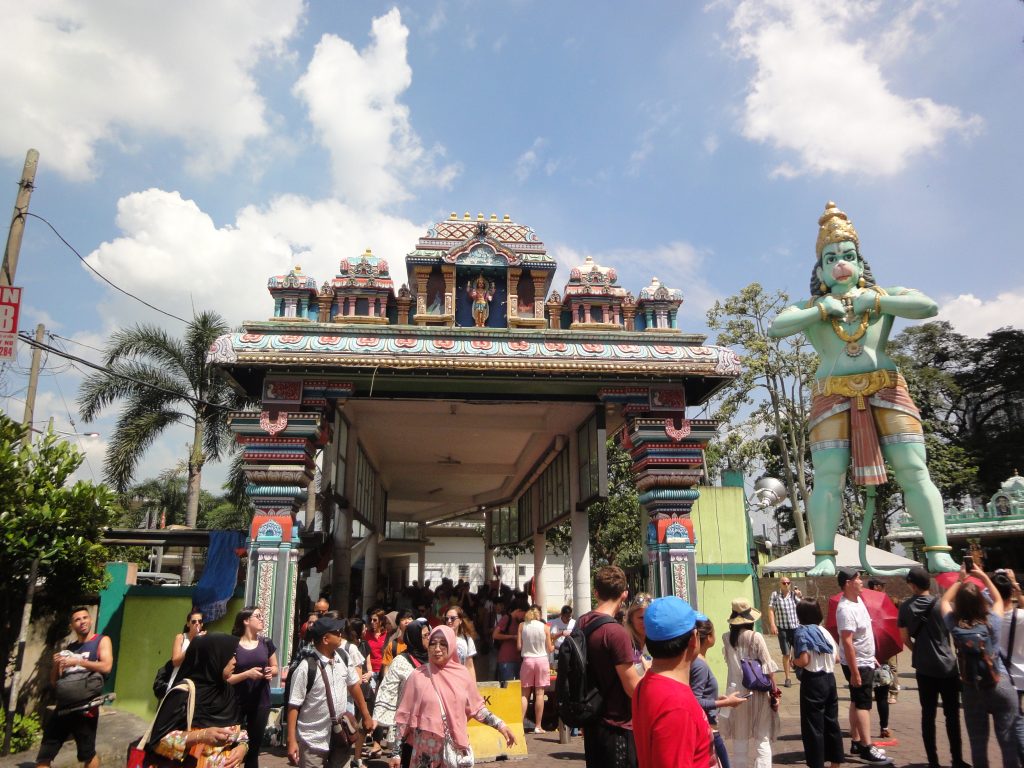
Batu Caves is a limestone cliff-face, steeped in history as far back as 400 million years old – the approximate geological age of the area. Batu Caves receives its name from the river that flows alongside the hill, Sungai Batu or ‘stone river’. The indigenous Temuan people were documented as being some of the first people to populate this area. By the mid-1800’s, a trader by the name of K. Thamboosamy Pillay visited Batu Caves regularly as a place of worship. Now, Batu Caves is a significant place of worship for thousands of Hindus annually. Batu Caves as a whole are divided into three sub-caves and leading the way to the main elevated hall of caves is a steep staircase. Guarding the entrance is a golden, 42-metre tall statue of the deity Murugan.
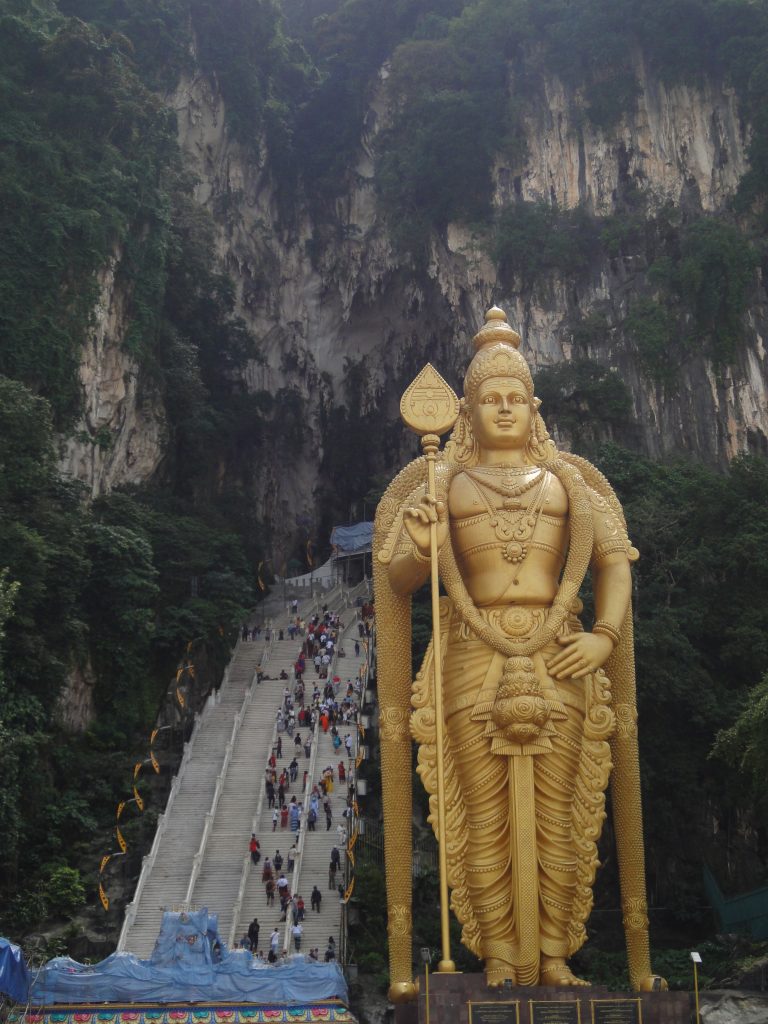
The temples within Batu Caves are over 100 years old. After paying five Malaysian Ringgit to enter the site, walk up the flight of steps and stop along the way to view the inner caves housing deities, animal statues and symbols of worship. Batu Caves is a beautiful place in which to visit, despite the fact that it attracts so many tourists.
What is baffling is that the local wildlife, particularly monkeys, are fed by the tourists. To feed the animals at a sacred site seems to me to be an act of kindness and generosity. Though, it’s sometimes the opposite to me; a traveller who comes from a country where feeding the wildlife is discouraged.

Native animals need to live independently and feeding wildlife perpetuates desperation when native foods aren’t available and aggressive behaviour between the animals when so many tourists are feeding them. There’s a delicate line, but my ethic has always been to refrain from feeding for the sake of the animals’ survival. It’s best to walk up the Batu Caves’ staircases along its central line with backpacks closed and secure. This can deter the monkeys that climb the stair railings. If you need to carry supplies, conceal these secure inside your bag, as the native monkeys are skilled enough to prise open bottles or packets that are dropped or left behind.
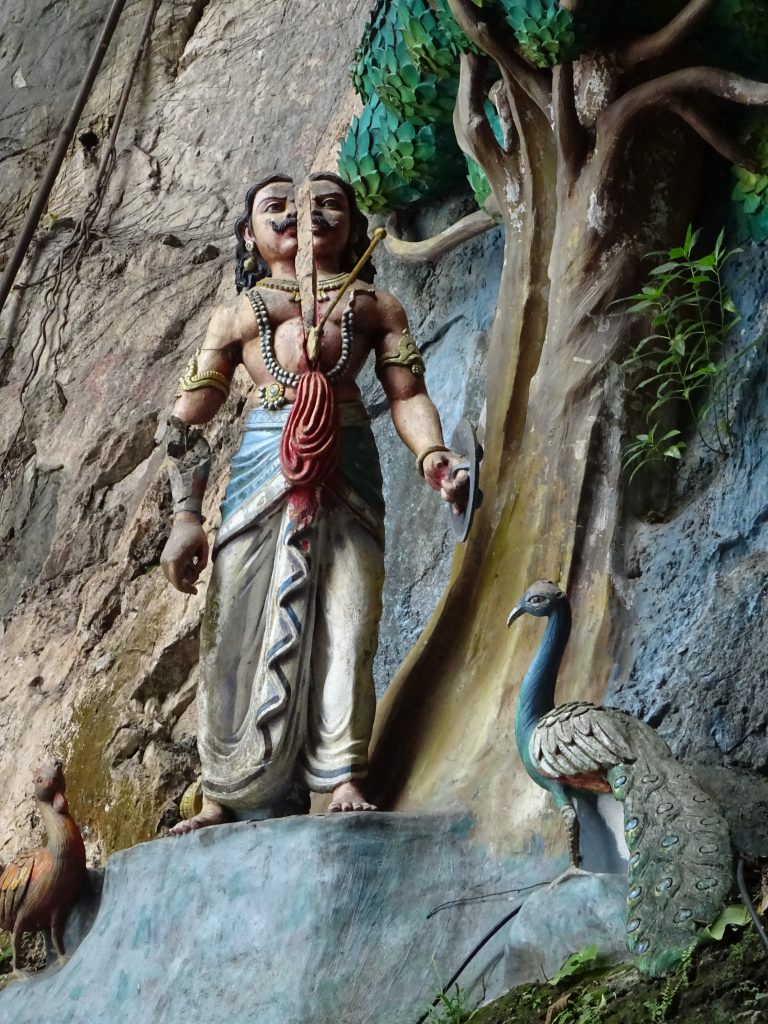
Remember to take a hat, sunglasses and sunblock, as the humid weather creates hot and sticky conditions for climbing the staircase. A relatively good level of cardio fitness is recommended in order to reach the inner peak of the caves. Light clothes are recommended as you need to adhere to covering your arms, shoulders and legs/knees. Toilets (or ‘tandas’ in Malay), are onsite so be sure to keep a roll of toilet paper and a tube of hand sanitiser in your bag.
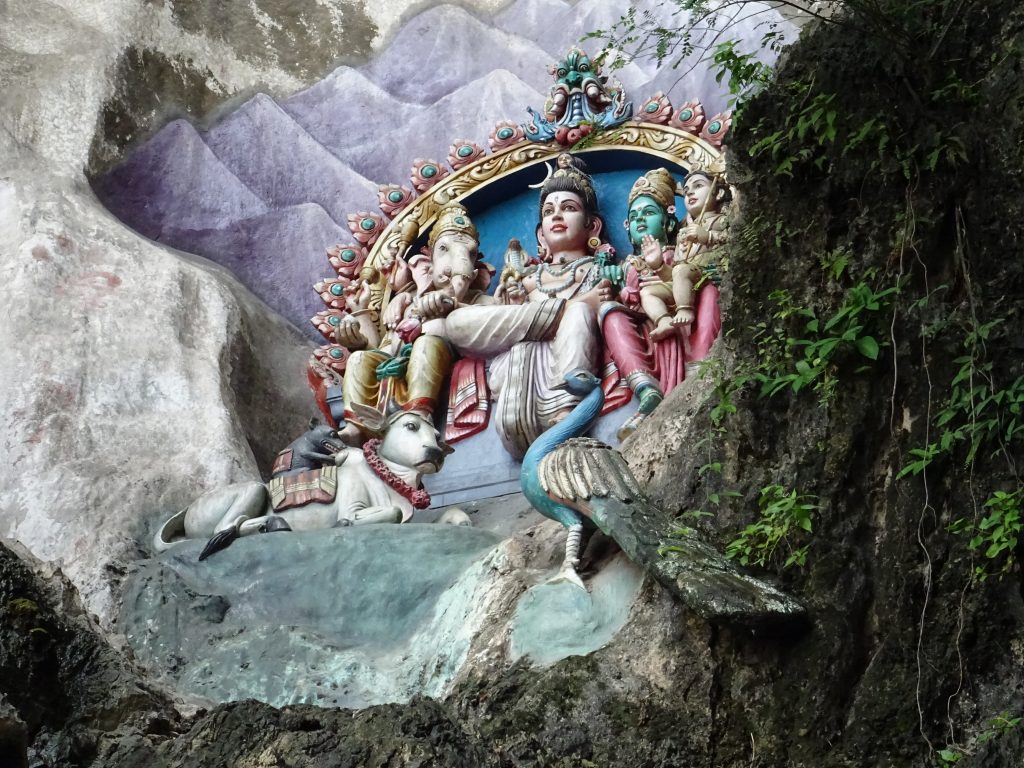
Given that the Batu Caves are so popular, it’s very easy and cheap to travel from the central part of Kuala Lumpur city. Take the train from KL Sentral railway station on the Batu Caves line (the Batu Caves is the end of the line station and a brief walk from the station). Purchase single-use travel tokens for less than a couple of Malaysian Ringgit. It’s advised to keep small notes and coins on you, as railway station staff and auto-pay stations prefer smaller denominations rather than larger notes. The train ride can take about an hour at the most, and the train system is generally efficient. Once you arrive at Batu Caves station, check for the time of the last train back to KL Sentral so you have enough time to explore then make it back to KL Sentral with time to spare.
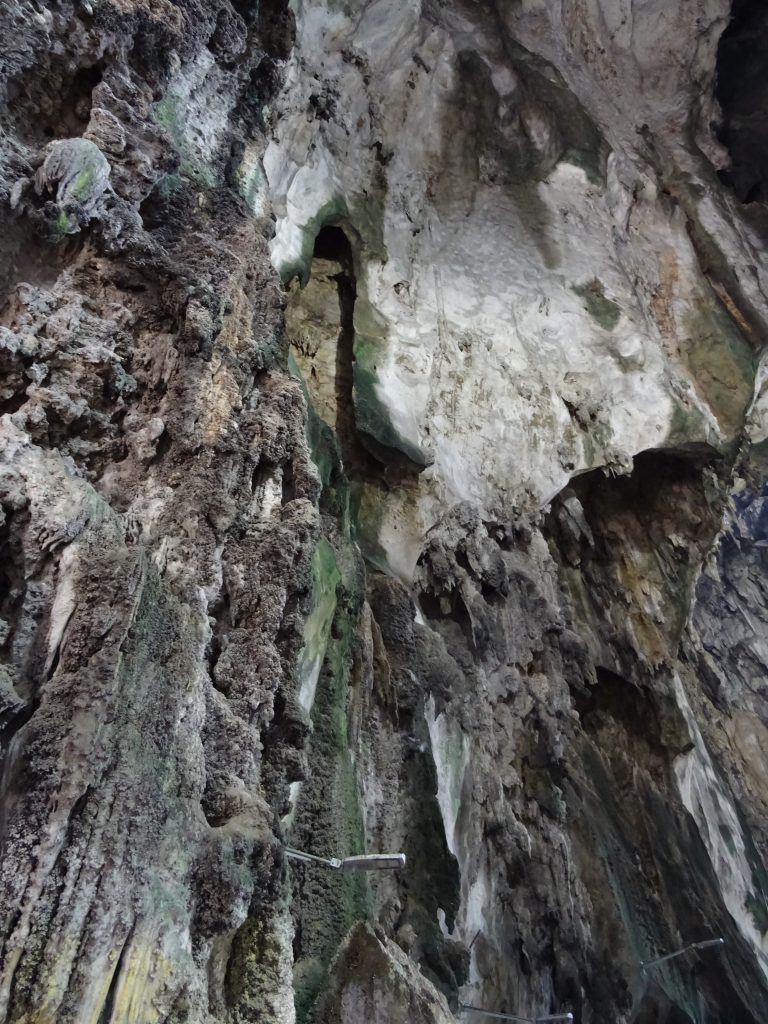
After exploring Batu Caves, there is a long line of restaurants at the site to choose from. Rani Pure Vegetarian is a reliable and tasty dosa lunch option, as they understand the vegan diet. Just be sure to ask for all ingredients then clarify what you do and don’t eat before you order. Wash your hands at the basins provided, both before and after your meal. A standard dosa lunch costs about four to five Malaysian Ringgit including a drink. Bottles of water and canned drinks are available to purchase, though remember that food and drinks are frowned upon while on the train.
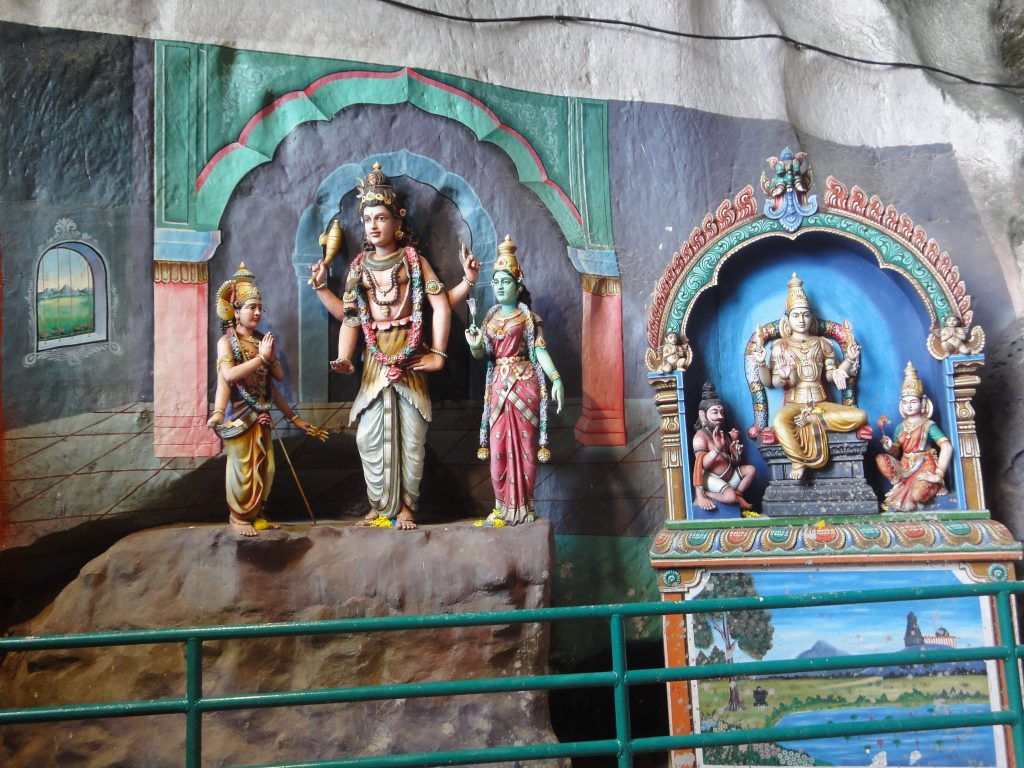
All flights to Malaysia, accommodation, entry fees, food, beverages and transport fares were paid in full by Justine de Jonge.

